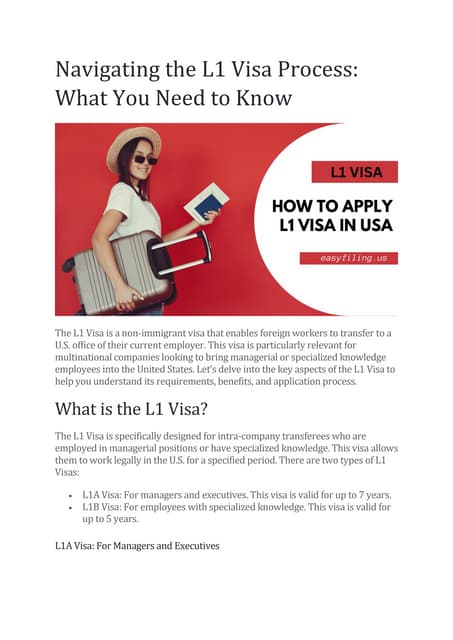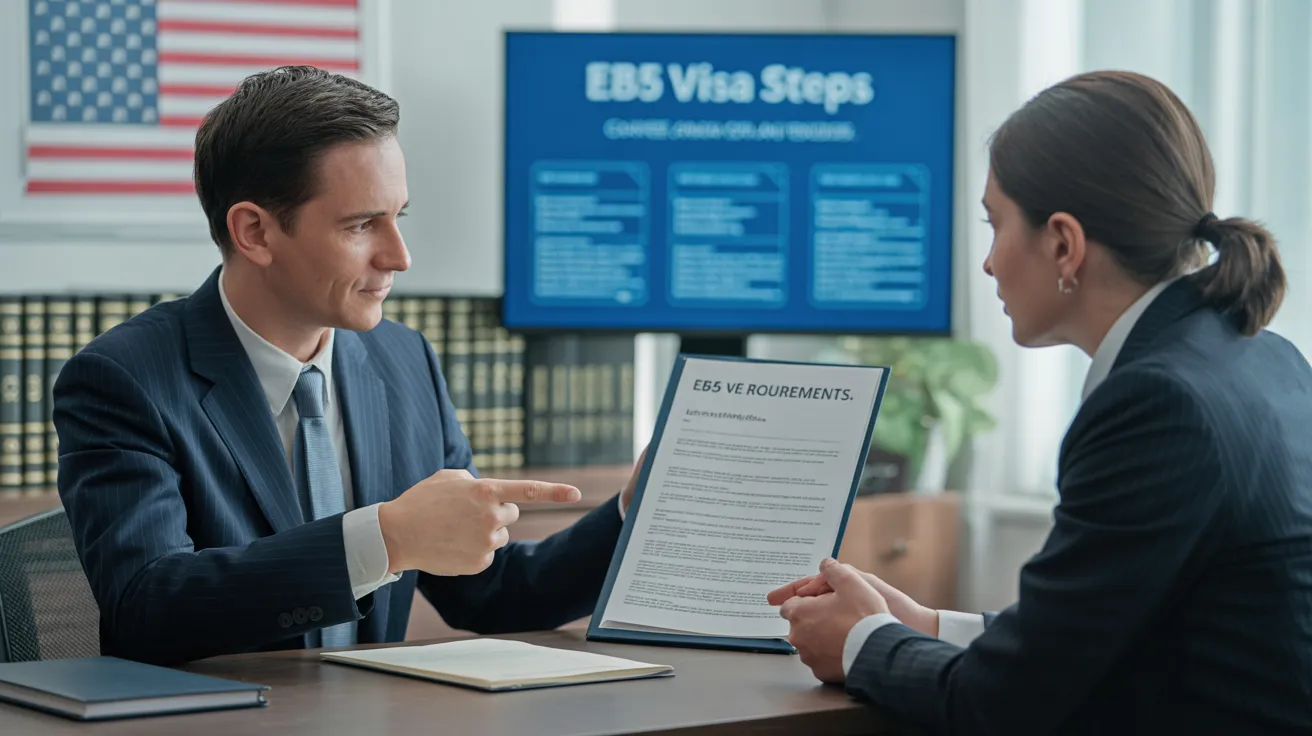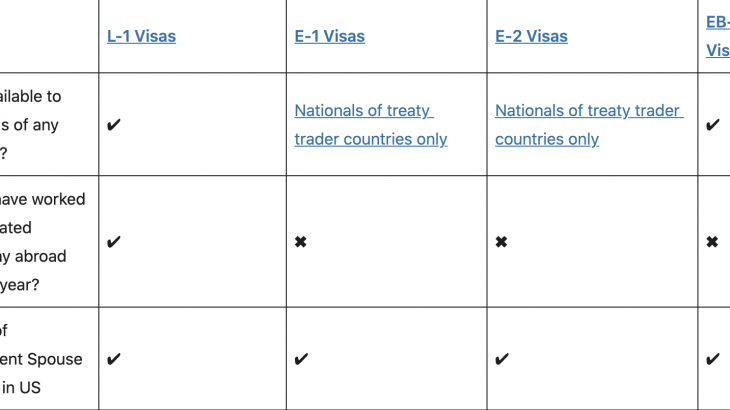L1 Visa Timeline
The Ultimate Guide To L1 Visa
Table of ContentsTop Guidelines Of L1 VisaL1 Visa Things To Know Before You Get ThisThe Definitive Guide to L1 VisaNot known Incorrect Statements About L1 Visa Rumored Buzz on L1 VisaL1 Visa for Beginners
Readily Available from ProQuest Dissertations & Theses Global; Social Scientific Research Costs Collection. DHS Office of the Inspector General. Fetched 2023-03-26.
United State Department of State. Retrieved 2023-02-08. Tamen, Joan Fleischer (August 10, 2013).
Things about L1 Visa
In order to be eligible for the L-1 visa, the foreign company abroad where the Beneficiary was used and the United state firm should have a qualifying partnership at the time of the transfer. The different kinds of certifying connections are: 1.
Instance 1: Firm A is integrated in France and employs the Beneficiary. Business B is included in the U.S. and intends to request the Recipient. Firm An owns 100% of the shares of Business B.Company A is the Parent and Firm B is a subsidiary. There is a qualifying partnership between the two firms and Business B need to be able to fund the Beneficiary.
Instance 2: Business A is incorporated in the united state and wants to petition the Recipient. Company B is included in Indonesia and employs the Recipient. Business An owns 40% of Company B. The continuing to be 60% is possessed and controlled by Business C, which has no relation to Business A.Since Company A and B do not have a parent-subsidiary connection, Company A can not sponsor the Beneficiary for L-1.
Example 3: Company A is integrated in the united state and wishes to petition the Beneficiary. Company B is incorporated in Indonesia and utilizes the Recipient. Company A possesses 40% of Company B. The staying 60% is possessed by Firm C, which has no relation to Firm A. However, Company A, by official agreement, controls and complete manages Business B.Since Business A possesses less than 50% of Business B yet takes care of and controls the company, there is a certifying parent-subsidiary partnership and Company A can sponsor the Beneficiary for L-1.
Getting The L1 copyright Work
Business B is included in the U.S.
Some Known Details About L1 Visa

The L-1 visa is an employment-based visa category developed by Congress in 1970, permitting multinational companies to move their managers, execs, or vital workers to their U.S. procedures. It is commonly described as the intracompany transferee visa. There are two main kinds of L-1 visas: L-1A and L-1B. These types appropriate for staff members employed in different positions within a firm.

Furthermore, the recipient should have operated in a managerial, exec, or specialized staff member position for one year within the three years coming before the L-1A application in the international company. For brand-new office applications, international employment must have been in a supervisory or executive capability if the recipient is pertaining to the USA to work as a manager or exec.
Rumored Buzz on L1 Visa

If granted for an U.S. company functional for even more than one year, the first L-1B visa is for up to 3 years and can be prolonged for an added two years (L1 Visa). On the other hand, if the united state L1 Visa process business is freshly established or has been functional for much less than one year, the preliminary L-1B visa is provided for one year, with extensions available in two-year increments
The L-1 visa L1 Visa requirements is an employment-based visa classification established by Congress in 1970, allowing multinational firms to transfer their managers, executives, or vital workers to their U.S. procedures. It is generally referred to as the intracompany transferee visa. There are 2 primary kinds of L-1 visas: L-1A and L-1B. These types appropriate for workers worked with in different settings within a firm.
How L1 Visa can Save You Time, Stress, and Money.
Furthermore, the recipient has to have worked in a managerial, exec, or specialized staff member position for one year within the three years preceding the L-1A application in the foreign business. For brand-new workplace applications, foreign employment should have been in a supervisory or executive ability if the recipient is involving the United States to work as a manager or executive.
for as much as 7 years to manage the procedures of the united state affiliate as an exec or supervisor. If issued for an U.S. business that has been functional for greater than one year, the L-1A visa is originally provided for approximately 3 years and can be expanded in two-year increments.
If granted for an U.S. firm operational for greater than one year, the initial L-1B visa is for up to 3 years and can be L1 Visa process prolonged for an additional two years. On the other hand, if the U.S. company is newly developed or has actually been functional for less than one year, the first L-1B visa is issued for one year, with extensions available in two-year increments.